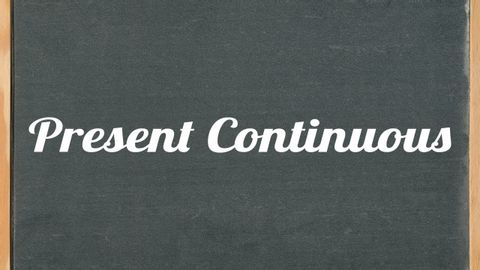現在完了時制 - 英文法チュートリアルビデオチュートリアル (Present Continuous Tense - English grammar tutorial video tutorial)
pao2ge が 2021 年 01 月 14 日 に投稿  この条件に一致する単語はありません
この条件に一致する単語はありませんUS /ˈprɛznt/
・
UK /'preznt/
- adj.出席している;現在
- n.プレゼント;現在時制;現在;贈り物
- v.t.紹介する;司会をする;発表する;提示する;(賞を)贈呈する
- v.i.現れる
US /əˈtɛnʃən/
・
UK /əˈtenʃn/
- n.スポーツのチームの試合記録;記入用紙;形 : 型 : 種類
- v.t.(集団を)結成する : 組織する;形作る : 作り上げる;形成する
エネルギーを使用
すべての単語を解除
発音・解説・フィルター機能を解除

